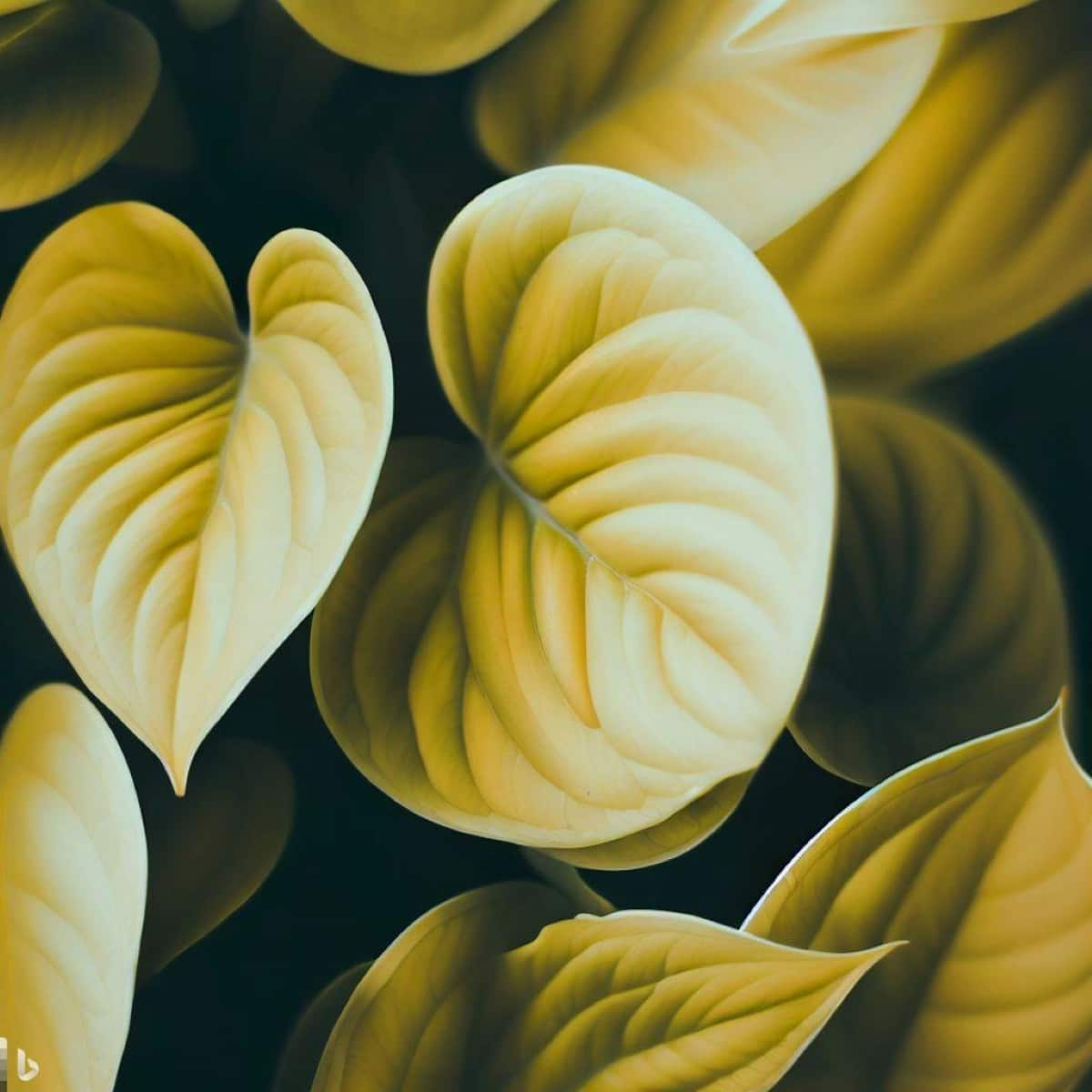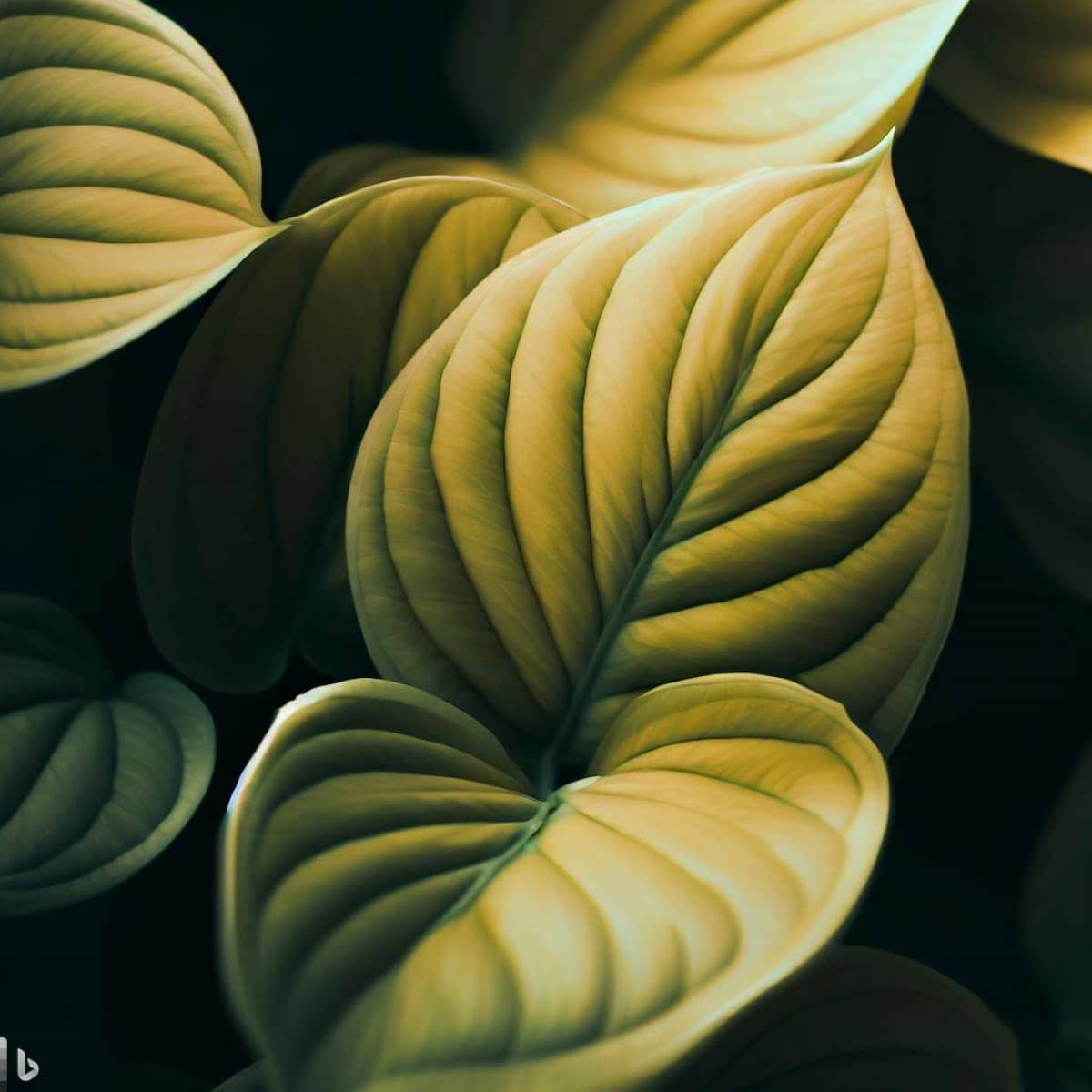One common issue many gardeners face is their indoor Money plant leaves turning yellow. It can be frustrating to see your once vibrant green leaves start to fade and lose their luster. There are a few possible causes for this phenomenon and some remedies and treatments you can try. Understanding the possible causes of yellow Money plant leaves and implementing appropriate remedies and treatments can ensure your plant’s continued vitality and beauty. Taking care of your

Money plant adds aesthetic appeal to your space and contributes to its overall well-being. Remember that each case may require unique solutions tailored to your circumstances. With patience and perseverance in finding the right balance between care factors like water intake, light exposure, temperature control, etc., you can enjoy healthy green foliage from your beloved Money plant for years.
Introduction to Yellow Money Plant Leaves: Understanding the Issue
If you’ve noticed that your Money plant leaves have started turning yellow, it’s important to understand the underlying causes and take appropriate action. Yellowing leaves can signify various issues, ranging from environmental factors to nutrient deficiencies or pest infestations. Understanding these factors can effectively address the problem and restore your Money plant’s health.
Environmental Factors: Sunlight, Temperature, and Humidity
When caring for your yellow Money plant, one important factor is its environment. The amount of sunlight, temperature, and humidity can greatly impact the health of its leaves. Too much direct sunlight can cause yellowing leaves due to sunburn or heat stress. On the other hand, insufficient light can lead to weak and pale foliage. Find a balance by placing your Money plant in bright indirect light. Temperature also affects how well your Money plant thrives. Extreme temperatures can be detrimental, causing yellowing leaves due to stress or damage.
Keep your plant away from drafts or areas with fluctuating temperatures, such as near heaters or air conditioning units. Humidity levels are another aspect to consider for leaf health. Money plants prefer moderate humidity levels, around 50-60%. Dry air can cause Money plant leaves to turn yellow and brown, while excessively humid conditions may cause fungal diseases like powdery mildew. Creating an ideal environment for your Money plant involves balancing sunlight exposure, temperature control, and humidity levels.
Watering Issues: Overwatering and Underwatering
Both overwatering and underwatering can lead to yellow leaves. Overwatering occurs when you frequently water your Money plant or provide excessive water. This can result in waterlogged soil, preventing proper oxygenation of the roots. As a result, the leaves may turn yellow and start drooping. To remedy this issue, allow the top two inches of soil to dry before watering again.
Ensure that your pot has good drainage to prevent excess water from accumulating. On the other hand, underwatering means insufficient water for your Money plant’s needs. When plants lack adequate moisture, their leaves often become discolored and wilted. To address this problem, thoroughly water your Money plant when its soil feels dry.
Nutrient Deficiencies: Lack of Essential Minerals
There’s nothing more disheartening than seeing your beloved Money plant leaves turn yellow. One possible cause for this issue could be a lack of essential minerals in the plant’s diet. Just like humans, plants need a balanced and varied diet to thrive. Regarding nutrient deficiencies, it’s important to identify which minerals are lacking in your Money plant’s soil. Some common culprits include nitrogen, phosphorus, potassium, iron, and magnesium. Nitrogen is responsible for leaf growth and vibrant green color.
A nitrogen deficiency can result in pale or yellowing leaves. Phosphorus plays a crucial role in root development and overall plant health. Without enough phosphorus, your Money plant may exhibit stunted growth and yellow leaves. Potassium is crucial for flower production and disease resistance. You may notice browning leaf edges or weak stems if your Money plant lacks potassium. To address these mineral deficiencies, consider using fertilizers specifically formulated for indoor plants that contain these essential nutrients. Additionally, adjusting pH levels can improve nutrient availability to the roots.
Pest Infestations: Identifying and Treating Common Pests
Pest infestations can wreak havoc on the health of your Money plants, causing leaves to turn yellow and wilt. One common cause is the aphid. These small insects are often clustered on new growth or beneath leaves, sucking out sap and leaving behind a sticky residue. To get rid of them, try spraying a mixture of water and dish soap directly onto affected areas or introduce natural predators like ladybugs.
In case you missed it: Homemade Fertilizers to Make Money Plant Bushy and How to Grow Faster in Water and Soil

Another pesky intruder is the spider mite. These minuscule arachnids thrive in dry conditions and spin fine webs on leaf surfaces. To combat them, regularly mist your Money plant with water to increase humidity levels or use insecticidal soap according to package instructions. Fungus gnats are yet another nuisance that loves damp soil environments. To eliminate them, allow the top inch of soil to dry between waterings and consider using sticky traps near affected plants.
Fungal and Bacterial Infections: Symptoms and Control Measures
Fungal and bacterial infections can commonly cause yellowing leaves in Money plants. These infections are often caused by poor air circulation, excess moisture, or contaminated soil. Recognizing the symptoms is crucial for effective treatment. One of the telltale signs of fungal infection is Money plant leaves turning yellow with spots. As the infection progresses, these spots may enlarge and turn yellow, eventually causing leaf drop.
Bacterial infections, on the other hand, tend to manifest as water-soaked lesions that ooze fluid. Should I cut yellow leaves off the Money tree? Handling yellow leaves is important when caring for your Money tree. If you notice widespread yellowing across multiple branches and new growth areas, it could indicate a more serious issue that requires attention. Pruning off these severely affected yellow leaves can help redirect nutrients and energy toward healthier parts of the plant.
Improve air circulation around your plant by placing it in a well-ventilated area. Avoid overhead watering; as an alternative, water at the base of the plant. Applying a fungicide specifically formulated for houseplants can also help combat fungal diseases. For bacterial infections, there are bactericides available that can be used according to product instructions.
Soil Quality and pH Levels: Impact on Leaf Health
The soil quality is crucial in maintaining the health and vibrancy of your Money Plant’s leaves. One important factor to consider is the pH level of the soil. Most plants, including Money Plants, prefer slightly acidic to neutral soil. When it comes to yellowing leaves, improper soil pH can contribute.
If your Money Plant’s leaves are turning yellow due to high acidity or alkalinity in the soil, there are ways to rectify this issue. In addition to adjusting pH levels, ensuring good overall soil quality is vital for healthy leaf growth. Remember that each plant has specific preferences regarding its ideal growing conditions; hence understanding your Money Plant’s requirements will help you provide appropriate care for optimum leaf health.
Root Problems: Root Rot and Poor Drainage
One of the common causes of yellowing leaves in Money plants is root problems, specifically root rot and poor drainage. These issues can hinder the plant’s ability to absorb nutrients properly, leading to deficiencies and discoloration. Why are my Money plant leaves turning yellow in water? Money plants thrive in moist soil, but excess water can cause root rot and suffocation. Ensure the container or vase has proper drainage to prevent water pooling at the bottom.
Poor drainage exacerbates this problem as it prevents excess water from escaping effectively. When there is no proper outlet for water to flow out of the pot or container, it becomes trapped around the roots. Over time, this stagnant moisture suffocates the roots and promotes fungal growth. To address these root problems, ensuring adequate drainage for your Money plant is crucial. Choose well-draining soil mixes that allow excess water to pass through easily. Additionally, consider using pots or containers with drainage holes at the bottom.
Chemical Stressors: Effects of Herbicides or Pesticides
Many gardeners turn to herbicides and pesticides when keeping their plants healthy and free from pests. While these chemicals can control unwanted insects and weeds, they can also have unintended consequences on the health of our beloved yellow Money plants. One of the main issues with using herbicides or pesticides is that they may kill off the intended target and harm beneficial insects.
Some herbicides or pesticides also contain toxic compounds that can accumulate in your plant’s leaves over time. These toxins interfere with normal metabolic processes, affecting leaf coloration and overall vitality. It’s crucial to carefully read product labels and follow recommended application rates to minimize potential damage. To reduce chemical stress on your yellow Money plant, consider exploring natural alternatives such as neem oil sprays or companion planting strategies that encourage pest control through biodiversity.
Genetic Factors: Varieties Prone to Yellowing Leaves
Regarding yellow Money plant leaves, genetic factors can play a significant role. Some Money plant varieties are more prone to developing yellow leaves than others. These genetic traits can make them more susceptible to environmental stressors. Certain cultivars may have inherited characteristics that make them less efficient at absorbing nutrients or water, leading to nutrient deficiencies and subsequent leaf discoloration. Others might be genetically predisposed to certain pests or diseases that cause the leaves to turn yellow. Plant enthusiasts need to research the specific variety of their Money plant and understand its inherent tendencies.
In case you missed it: How to Propagate a Money Tree: DIY Ideas and Tips

Conclusion
Various factors, including improper watering, inadequate sunlight, nutrient deficiencies, pest infestations, and diseases, can cause yellow Money plant leaves. It is important to identify the specific cause for your yellowing leaves to apply the appropriate remedy or treatment. Remember that each case of yellow Money plant leaves is unique and requires individual attention. By closely monitoring your plants’ needs and providing proper care, you can help prevent yellowing leaves and promote their overall health and vitality.
- Feed Your Flock for Less: Top 10 Tips to Save on Chicken Feed
- Ultimate Guide to Ossabaw Island Hog: Breeding, Raising, Diet, and Care
- Hatching Answers: The Top 10 Reasons Your Chickens Aren’t Laying Eggs
- Eggs and Economics: Breaking Down the Cost of Raising Backyard Chickens
- Defend Your Greens: Proven Methods to Keep Iguanas Out of Your Garden
- Ultimate Guide to Cinnamon Queen Chicken: A Comprehensive Guide for Beginners
- Ultimate Guide to California Tan Chicken: Breeding, Raising, Diet, Egg-Production and Care
- Ultimate Guide to Marsh Daisy Chicken: Breeding, Raising, Diet, and Care
- 10 Types of Chicken Farming Businesses You Can Start for Profits